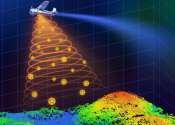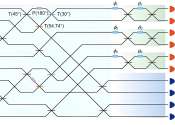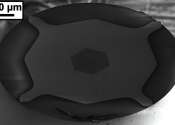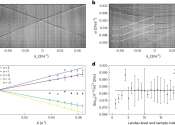Unveiling a new quantum frontier: Frequency-domain entanglement
Scientists have introduced a form of quantum entanglement known as frequency-domain photon number-path entanglement. This advance in quantum physics involves an innovative tool called a frequency beam splitter, which has ...









